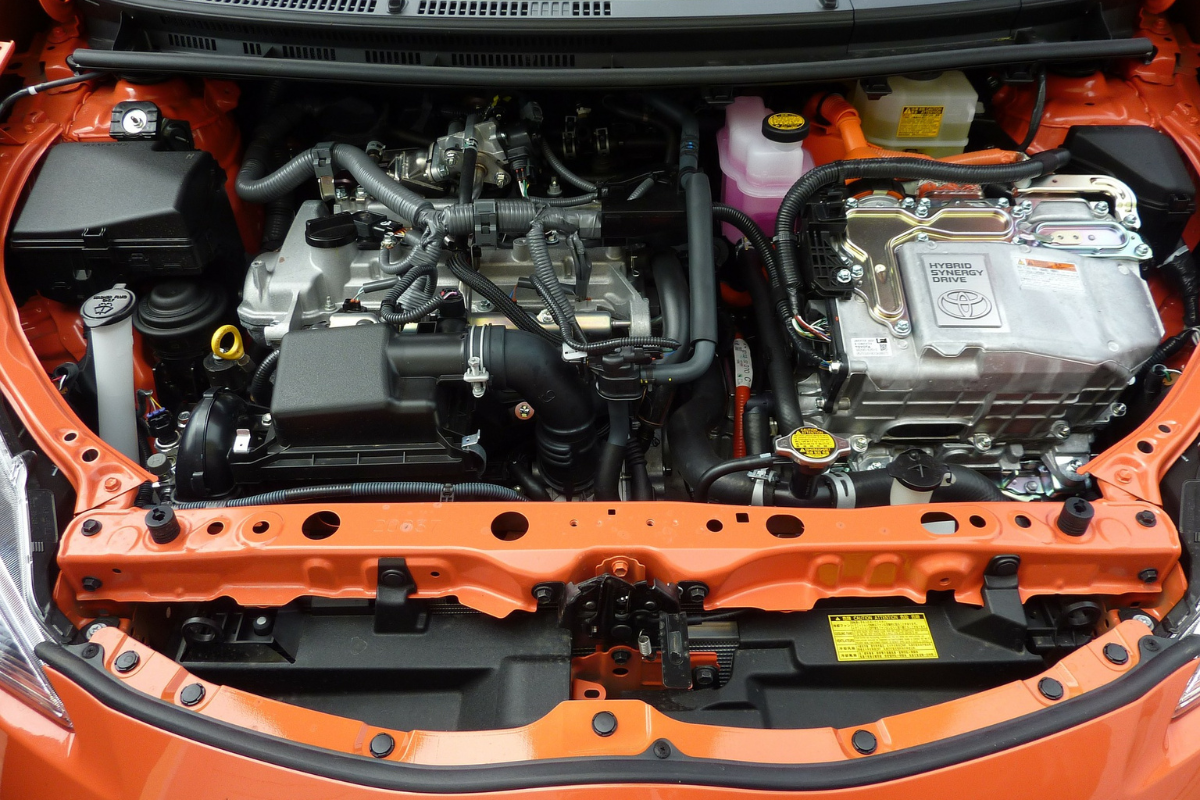High voltage test of cable harnesses for hybrids and electric vehicles with a W 484 PLUS test system
Testing requirements
Cable harnesses for hybrids or electric vehicles may carry voltages up to 900 V and currents up to 100 A. They link the high-voltage battery with the power distribution unit (PDU), with the electric motor and with components like the air-conditioning compressor, the anode heater or the electrical steering system.
Malfunction or insufficient insulation may lead to body panels under high voltage. In case of general maintenance work e.g. on the exhaust system, during oil service or tire change this could cause human hazards - even life-threatening.
To ensure only accurate and fully-functional cables will be installed into vehicles, the wires of the hybrid cable harness are tested with up to 4,300 VDC / 3,000 VAC for insulation and electric strength.
Solution
The W 484 PLUS Test System is linked to an adaption table designed to hold the plugs of the hybrid cable harness. In a first step it will be tested with low voltage for continuity and insulation. During low-voltage testing the unit under test (UUT) stays accessible for the operator.
Only after successful completing those, the test for insulation and electric strength with up to 4,300 VDC / 3,000 VAC will be initiated.
Now, as soon as the operator enters the safety area that is protected by a photoelectric barrier or a sliding door, the high-voltage switching unit disconnects the high-voltage circuit within 50 ms and discharges the UUT from any residual voltage.
Result / characteristics
The W 484 PLUS Test System in conjunction with the CEETIS Software, the linked adaptation table and the connected photoelectric barrier builds an EN-13849-1-conform setting, that ensures operator safety without decreasing efficiency.

